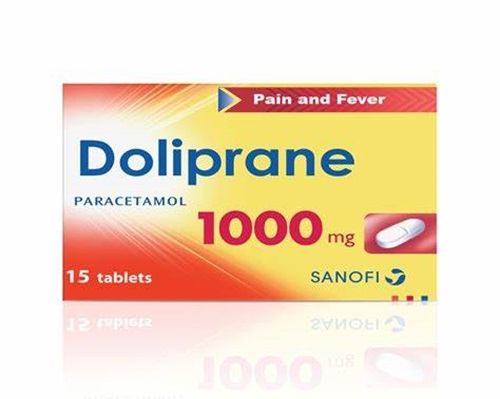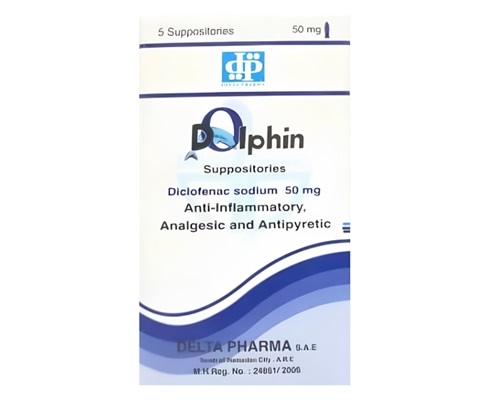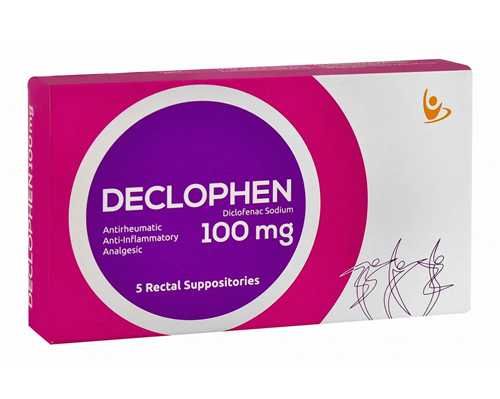Description
Trade name:
Panadol Extra
Compound:
Each tablet contains:
Paracetamol 500 mg
Caffeine 65 mg
Auxiliary components:
Starch, potassium sorbitol, talc, stearic acid, sodium croscarmellose.
Properties:
The drug has an analgesic and antipyretic effect. Panadol Extra contains a combination of two active ingredients: paracetamol and caffeine. Paracetamol blocks cyclooxygenase (COX) in the central nervous system, affecting the pain and thermoregulation centers (in inflamed tissues, cellular peroxidases neutralize the effect of paracetamol on COX), which explains the almost complete absence of an anti-inflammatory effect. The absence of an effect on the synthesis of Pg in peripheral tissues determines the absence of a negative effect on water-salt metabolism (sodium and water retention) and the gastrointestinal mucosa. Caffeine stimulates the psychomotor centers of the brain, has an analgesic effect, enhances the effects of analgesics, eliminates drowsiness and fatigue, and improves physical and mental performance.
Indications:
-headache;
-migraine;
-toothache;
-lower back pain;
-neuralgia;
-muscle and rheumatic pain;
– painful menstruation;
-sore throat;
-symptomatic treatment of colds and flu (reduction of elevated body temperature).
Method of administration and dosage:
Panadol Extra tablets are usually taken orally 1-2 tablets 3-4 times a day, if necessary. The interval between doses is at least 4 hours. The maximum single dose is 2 tablets, the maximum daily dose is 8 tablets.
The drug is not recommended for use for more than five days as a pain reliever and more than three days as an antipyretic without a doctor’s prescription and supervision.
Contraindications:
-hypersensitivity to the components of the drug, severe liver or kidney dysfunction
-absence of glucose-6-phosphate dehydrogenase
-blood diseases
– significant arterial hypertension, pronounced atherosclerosis
-pregnancy and breastfeeding period
– should be used with caution in Gilbert’s syndrome (constitutional hyperbilirubinemia)
-glaucoma, sleep disorders
– children under 14 years of age.
Precautions:
When taken for a long time, the drug enhances the effect of indirect anticoagulants (warfarin and other coumarins), which increases the risk of bleeding. Inducers of liver microsomal oxidation (barbiturates, phenytoin, ethanol, rifampicin, phenylbutazone, tricyclic antidepressants) increase the risk of hepatotoxic action in case of overdose. Inhibitors of microsomal oxidation (cimetidine) reduce the risk of hepatotoxic action. Under the influence of paracetamol, the elimination time of chloramphenicol increases 5 times. Caffeine accelerates the absorption of ergotamine.
Side effects:
In recommended doses, the drug is usually well tolerated. Paracetamol rarely causes side effects. An allergic reaction in the form of skin rashes, itching, Quincke’s edema may be observed. Rarely – leukopenia, thrombocytopenia, methemoglobinemia, agranulocytosis, as well as sleep disorders, tachycardia. With prolonged use in high doses, the likelihood of hepatotoxic and nephrotoxic effects increases and blood picture monitoring is necessary.
Storage method:
Store at temperatures not exceeding 30 degrees.









